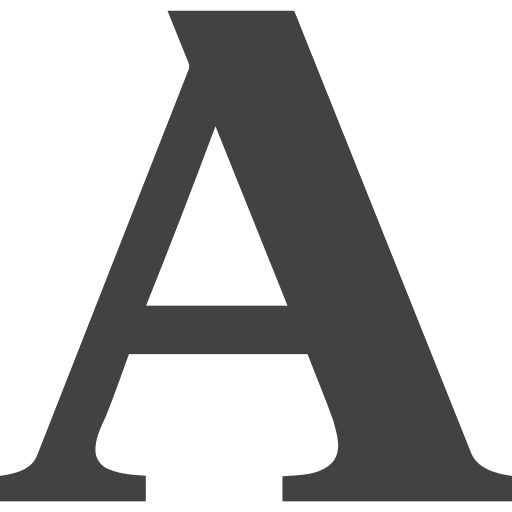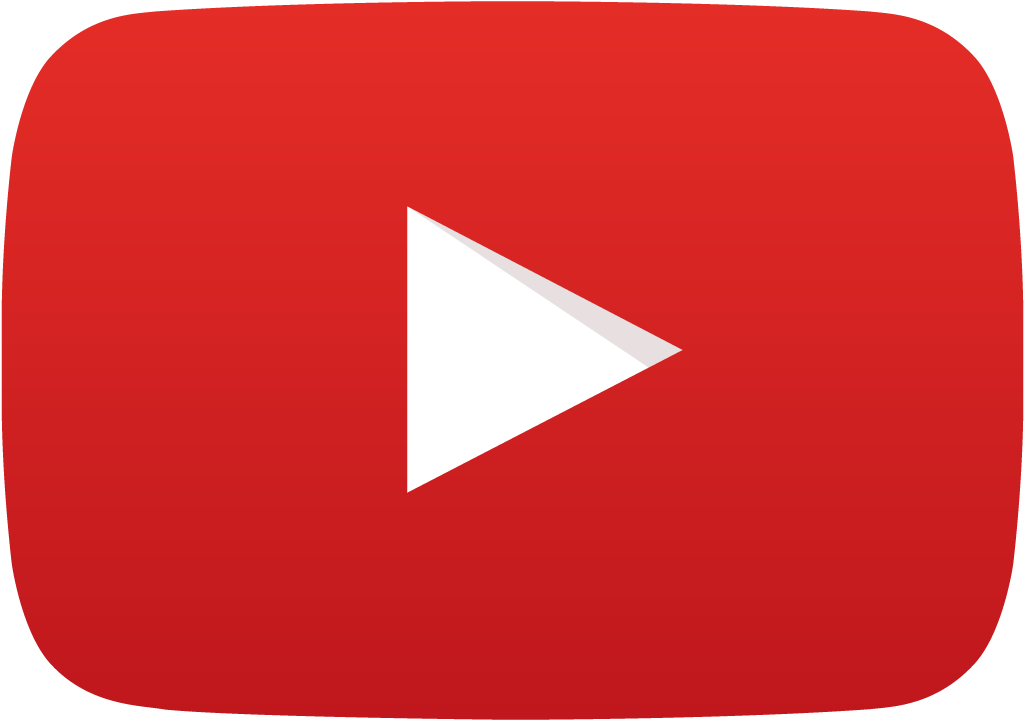Dissemination strategy of spanish fact-checking agencies on their 'WhatsApp' channels
DOI:
https://doi.org/10.62008/ixc/14/02EstratKeywords:
journalism, disinformation, WhatsApp channels, fact-checkingAbstract
The objective of this research is to understand the dissemination strategy employed by Spanish fact-checking agencies through their WhatsApp channels. Specifically, it analyses the theme and function of the publications, the type of misinformation verified, and the interaction and multimedia presence. Quantitative content analysis is used to analyse the 258 messages published by Newtral, Maldita, and EFE Verifica on their WhatsApp channels over two months. The results show some interesting findings. Firstly, it is noteworthy that Newtral and Maldita have a regular publication frequency, but not EFE Verifica. Secondly, the conflict between Israel and Palestine dominates a large portion of the verifications by Newtral and EFE Verifica. In contrast, Maldita focuses on informing about topics related to science and technology or politics. Thirdly, it is highlighted that only Maldita seeks to promote real interaction with users through reactions. These findings provide insights into the use of newly created WhatsApp channels by fact-checking agencies.
Metrics
References
ARCE-GARCÍA, S., SAID-HUNG, E. & MOTTAREALE-CALVANESE, D. (2022). Astroturfing as a strategy for manipulating public opinion on Twitter during the pandemic in Spain. Profesional de la Información, 35(3), e310310. doi.org/10.3145/epi.2022.may.10
BACHMANN, I & VALENZUELA, S. (2023). Studying the Downstream Effects of Fact-Checking on Social Media: Experiments on Correction Formats, Belief Accuracy, and Media Trust. Social Media + Society, 9(2). doi.org/10.1177/20563051231179694
BARDIN, L. (1996). Análisis de contenido. Akal.
BENNET, W. & LIVINSTONG, S. (2018). The disinformation order: Disruptive communication and the decline of democratic institutions. European Journal of Communication, 33(2), 122–139. doi.org/10.1177/0267323118760317
BLANCO, A, (2019). Posverdad. La nueva guerra contra la verdad y cómo combatirla. Doxa Comunicación, (29), 289-318.
BRANDTZAEG, P.B., FØLSTAD, A. & Chaparro-Domínguez,M. A. (2018). How journalists and social media users perceive online fact-checking and verification services. Journalism practice, 12(9), 1109–1129. doi.org/10.1080/17512786.2017.1363657
BLOCH, M. (1999). Historia e historiadores. Akal.
BUCHANAN, T. (2020). Why do people spread false information online? The effects of message and viewer characteristics on self-reported likelihood of sharing social media disinformation. PLoS ONE, 15. doi.org/10.1371/journal.pone.0239666
BURNAM, T. (1975). The Dictionary of Misinformation. Thomas Y. Crowell.
CASERO-RIPOLLÉS, A. (2024, 4 de febrero). 2024: un año de elecciones y...desinformación. Periódico Mediterráneo. Consultado el 5 de febrero de 2024. http://tinyurl.com/mscavp5z
CASERO-RIPOLLÉS, A., DOMÉNECH-FABREGAT, H. & ALONSO-MUÑOZ, L. (2023). Percepciones De La Ciudadanía Española Ante La Desinformación En Tiempos De La COVID-19. Revista ICONO 14. Revista Científica De Comunicación Y Tecnologías Emergentes, 21(1). doi.org/10.7195/ri14.v21i1.1988.
CHAN, J. (2022). Online astroturfing: a problem beyond disinformation. Philosophy & social criticism, Online first. doi.org/10.1177/01914537221108467
COMISIÓN EUROPEA (2019). Tackling online disinformation. Consultado el 4 de febrero de 2024. http://tinyurl.com/npbrsn23
DAFONTE-GÓMEZ, A., MÍGUEZ-GONZÁLEZ, M.I. & RAMAHÍ-GARCÍA, D. (2022). Fact-checkers on social networks: analysis of their presence and content distribution channels. Communication & Society, 35 (3), 73–89. doi.org/10.15581/003.35.3.73-89
DOOB, L.W. (1950). Goebbels’ principles of propaganda. Public opinion quarterly, 14(3), 419–442. doi.org/10.1086/266211
ECKER, U. K. H., LEWANDOWSKY, S., COOK, J., SCHMID, P., FAZIO, L. K., BRASHIER, N., KENDEOU, P., VRAGA, E. K., & AMAZEEN, M. A. (2022). The psychological drivers of misinformation belief and its resistance to correction. Nature Reviews Psychology, 1, 13–29. doi.org/10.1038/s44159-021-00006-y
ELIZABETH, J. & MANTZARLIS. A. (2016, 6 de julio). The fact is, fact-checking can be better. American Press Institute. Consultado el 27 de enero de 2024. http://tinyurl.com/4cu5xca6
FERNÁNDEZ-CASTRILLO, C., & MAGALLÓN-ROSA, R. (2023). El periodismo especializado ante el obstruccionismo climático. El caso de Maldito Clima. Revista Mediterránea De Comunicación, 14 (2), 35-52. doi.org/10.14198/MEDCOM.24101
GRAVES, L. & CHERUBINI, F. (2016). The rise of fact-checking sites in Europe. Reuters Institute for the Study of Journalism, University of Oxford.
GUALLAR, J., CODINA, L., FREIXA, P. & PÉREZ-MONTORO, M. (2020). Desinformación, bulos, curación y verificación. Revisión de estudios en Iberoamérica 2017-2020. Telos: revista de Estudios Interdisciplinarios en Ciencias Sociales, 22(3), 595–613.
HAYES A., & KRIPPENDORFF, K. (2007). Answering the call for a standard reliability measure for coding data. Communication Methods and Measures, 1(1), 77–89. doi.org/10.1080/19312450709336664
HUANG, Y. & WANG, W. (2022). When a story contradicts: Correcting health misinformation on social media through different message formats and mechanisms. Information, Communication & Society, 25(8), 1192–1209. doi.org/ 10.1080/1369118X.2020.1851390
HUMPRECHT, E. (2020). How Do They Debunk “Fake News”? A Cross-National Comparison of Transparency in Fact Checks. Digital Journalism, 8(3), 310–327. Doi.org/10.1080/21670811.2019.1691031
LASSWELL, H. D. (1951). The strategy of Soviet propaganda. Proceedings of the Academy of Political Science, 4(2), 66–78. doi.org/10.2307/1173235
PLEÓN, B., MARTÍNEZ-COSTA, M.P., SALAVERRÍA, R., & LÓPEZ-GOÑI, I. (2022). Health and science-re-lated disinformation on Covid-19: a content analysis of hoaxes identified by fact-checkers in Spain. PLoS ONE, 17 (4), e0265995. doi.org/10.1371/journal.pone.0265995
LÓPEZ-PAN, F., & RODRÍGUEZ-RODRÍGUEZ, J.M. (2020). El fact checking en España. Plataformas, prácticas y rasgos distintivos. Estudios sobre el mensaje periodístico, 26 (3), 1045–1065. doi.org/10.5209/ESMP.65246
MARGOLIN, D. B., HANNAK, A. & WEBER, I. (2018). Political Fact-Checking on Twitter: When Do Corrections Have an Effect? Political Communication, 35(2), 196–219. doi.org/10.1080/10584609.2017.1334018
MORENO-GIL, V. & SALGADO-DE DIOS, F. (2023). El cumplimiento del código de principios de la International Fact-Checking Network en las plataformas de verificación españolas. Un análisis cualitativo. Revista de Comunicación, 2(1), 293–307. doi.org/10.26441/RC22.1-2023-2971
NYHAN, B., & REIFLER, J. (2015). The Effect of Fact-Checking on Elites: A Field Experiment on U.S. State Legislators. American Journal of Political Science, 59 (3), 628–640. http://www.jstor.org/stable/24583087
ORGANIZACIÓN MUNDIAL DE LA SALUD (2020, 23 de septiembre). Gestión de la infodemia sobre la COVID-19: Promover comportamientos saludables y mitigar los daños derivados de la información incorrecta y falsa. Consultado el 22 de enero de 2024. http://tinyurl.com/yryf32sw
PALAU-SAMPIÓ, D. (2018). Fact-checking and scrutiny of power: Supervision of public discourses in new media platforms from Latin America. Communication & Society, 31 (3), 347–363. doi.org/10.15581/003.31.3.347-363
SÁDABA, C. Y SALAVERRÍA, R. (2023). Combatir la desinformación con alfabetización mediática: análisis de las tendencias en la Unión Europea. Revista Latina de Comunicación Social, 81, 17–3. doi.org/10.4185/RLCS-2023-1552
SALAVERRÍA, R. & CARDOSO, G. (2023). Future of disinformation studies: emerging research fields. Profesional de la Información, 32(5), e320525. doi.org/10.3145/epi.2023.sep.25
SALAVERRÍA, R., BUSLÓN, N., LÓPEZ-PAN, F., LEÓN, B., LÓPEZ-GOÑI, I. & ERVITI, M. C. (2020). Desinformación en tiempos de pandemia: tipología de los bulos sobre la Covid-19. Profesional de la Información, 29(3), e290315. Doi.org/10.3145/epi.2020.may.15
SIDORENKO-BAUTISTA, P., ALONSO-LÓPEZ, N. & GIACOMELLI, F. (2021). Espacios de verificación en TikTok. Comunicación y formas narrativas para combatir la desinformación. Revista Latina de Comunicación Social, 79, 87–113. doi.org/10.4185/RLCS-2021-1522
STENCEL, M., RYAN, E. & LUTHER, J. (2022, 22 de junio). Fact-checkers extend their global reach with 391 outlets, but growth has slowed. Poynter. Consultado el 5 de febrero de 2024. http://tinyurl.com/53ka6e8k
TEROL-BOLINCHES, R. & ALONSO-LÓPEZ, N. (2020). La prensa española en la Era de la Posverdad: el compromiso de la verificación de datos para combatir las Fake News. Revista Prisma Social, (31), 304-327.
UFARTE-RUIZ, M. J., ANZERA, G. Y MURCIA-VERDÚ, F. J. (2020). Plataformas independientes de fact-checking en España e Italia: Características, organización y método. Revista Mediterránea de Comunicación, 11(2), 23–39. 10.14198/MEDCOM2020.11.2.3
UTECA (2022, 13 de junio). I Estudio sobre la desinformación en España. Universidad de Navarra. Consultado el 22 de enero de 2024. http://tinyurl.com/2bfbbjvf
VAN-DIJCK, J. (2013). The culture of connectivity: A critical history of social media. Oxford University Press.
VÁZQUEZ-HERRERO, J., VIZOSO, Á. & LÓPEZ-GARCÍA, X. (2019). Innovación tecnológica y comunicativa para combatir la desinformación: 135 experiencias para un cambio de rumbo. Profesional de la Información, 28 (3). doi.org/10.3145/epi.2019.may.01
WARDLE, C. & DERAKHSHAN, H. (2017). Information disorder: toward an interdisciplinary framework for research and policy-making. Strasbourg: Council of Europe.
WALTER, N., COHEN, J., HOLBERT, R. L. & MORAG, Y. (2020). Fact-Checking: A Meta-Analysis of What Works and for Whom. Political Communication, 37(3), 350–375. doi.org/10.1080/10584609.2019.1668894
ZUNINO, E. (2021). Medios digitales y COVID-19: sobreinformación, polarización y desinformación. Universitas, 34, 133–154.
Published
How to Cite
Issue
Section
License
Copyright (c) 2024 Alejandra Tirado García, Laura Alonso Muñoz (Autor/a)

This work is licensed under a Creative Commons Attribution-NonCommercial 4.0 International License.
Authors who submit to this journal agree to the following terms:
Authors retain copyright and ensure the magazine's right to be the first publication of the work as licensed under a Creative Commons Attribution-NoComercial 4.0 International License that allows others to share the work with an acknowledgment of authorship of the work and the initial publication in this magazine, with no commercial purpose.
Authors can establish separate additional agreements for non-exclusive distribution of the version of the work published in the magazine (for example, to an institutional repository or publish it in a book), with an acknowledgment of its initial publication in this journal.
It allows and authors are encouraged to disseminate their work electronically (eg, in institutional repositories or on their own website) prior to and during the submission process, as it can lead to productive exchanges, as well as a citation more early and most of the published work (See The Effect of Open Access).















